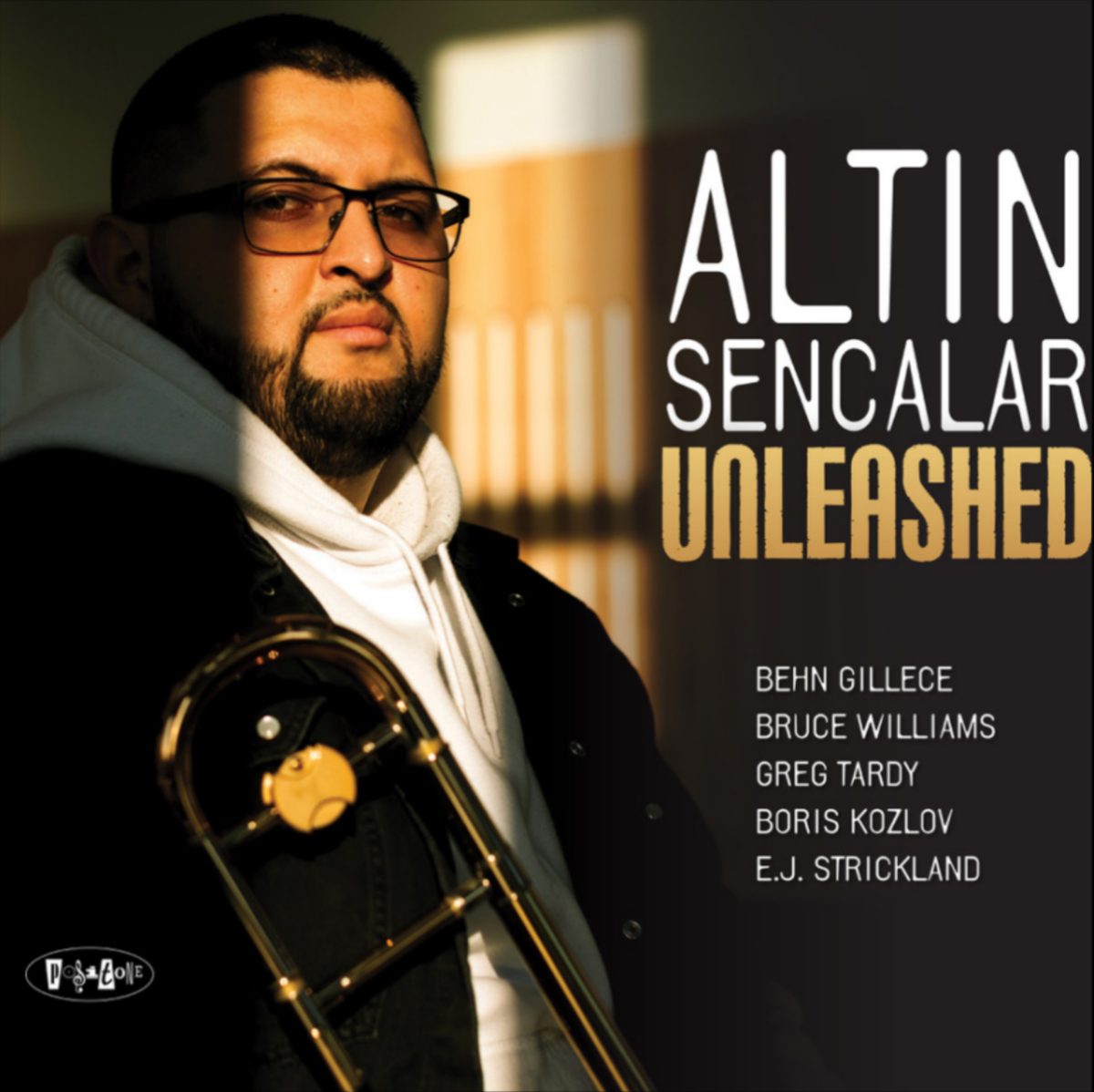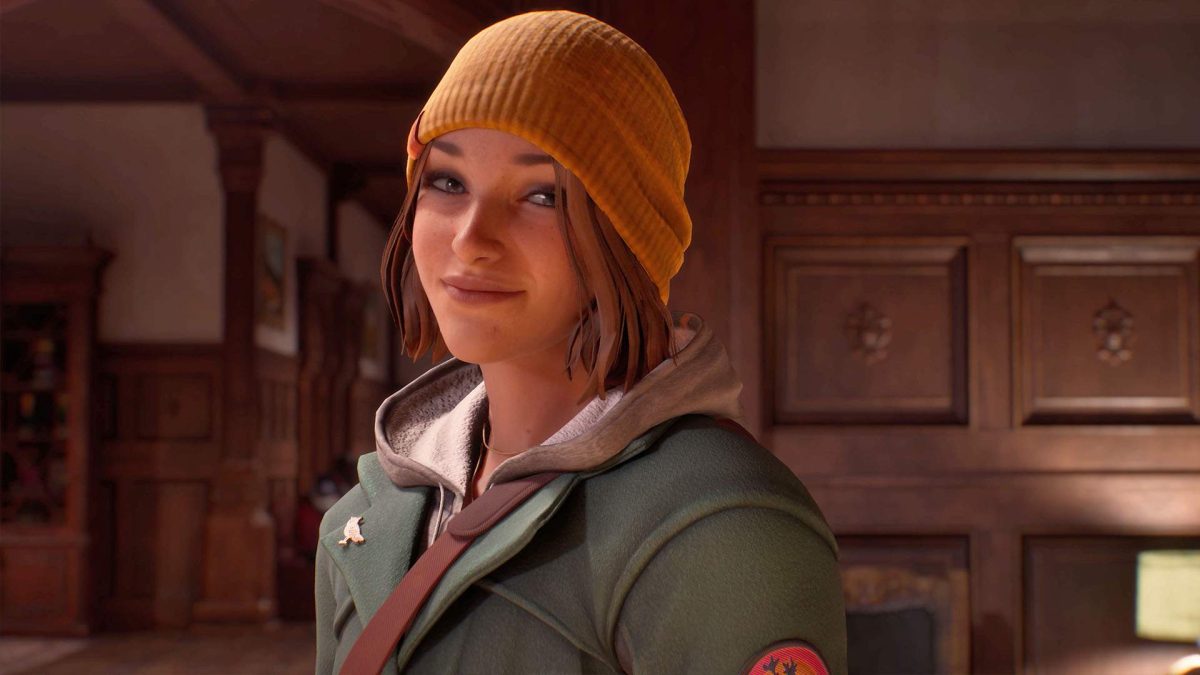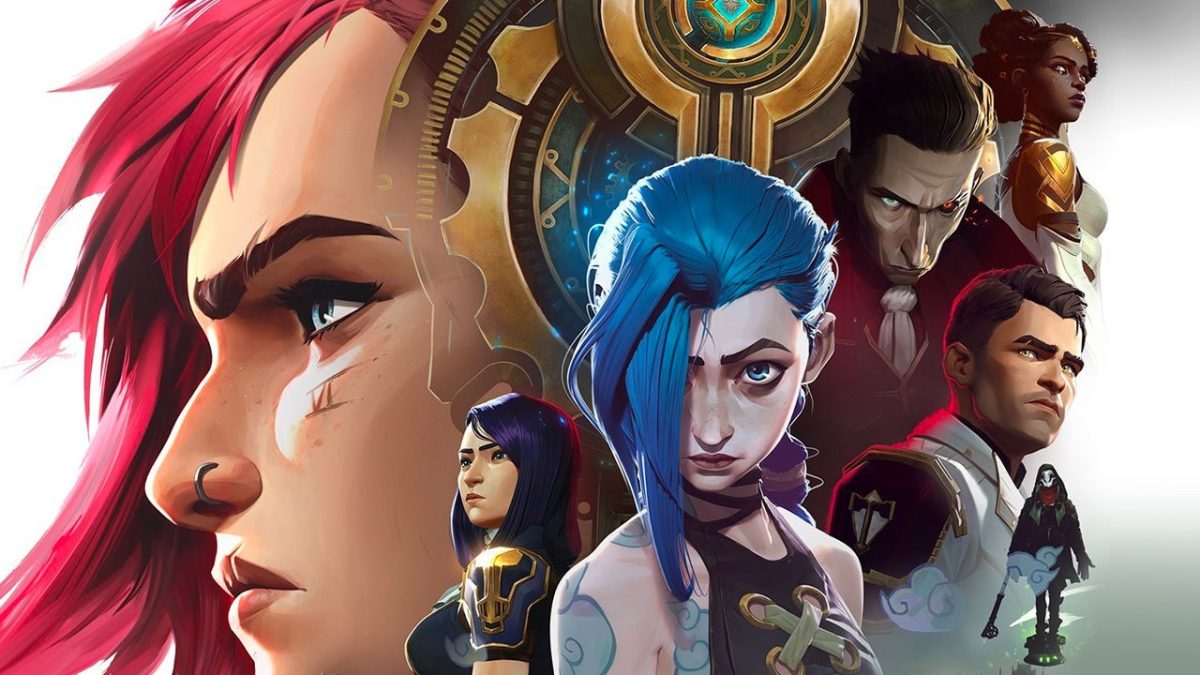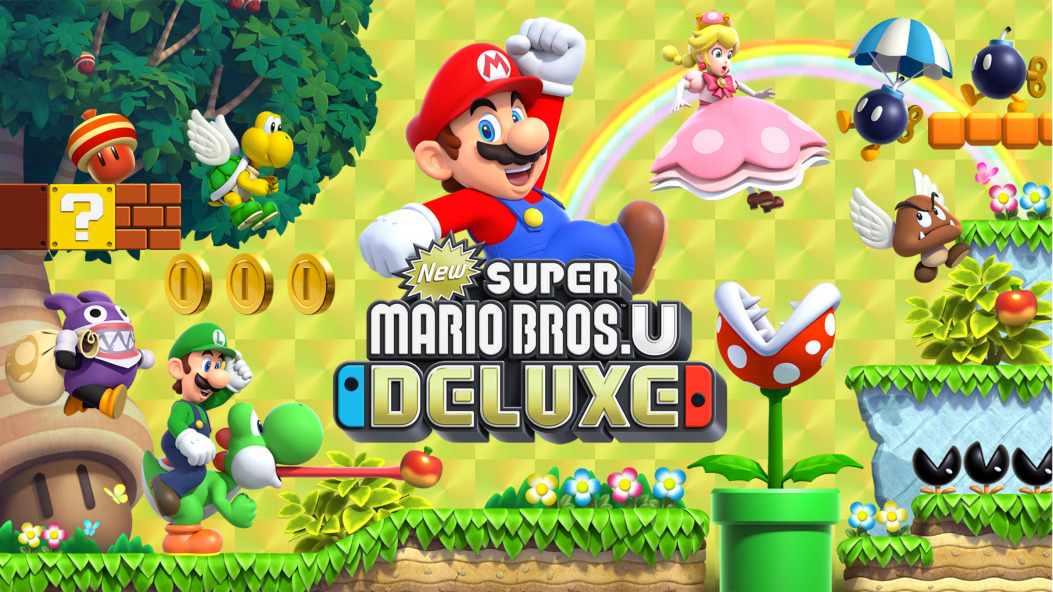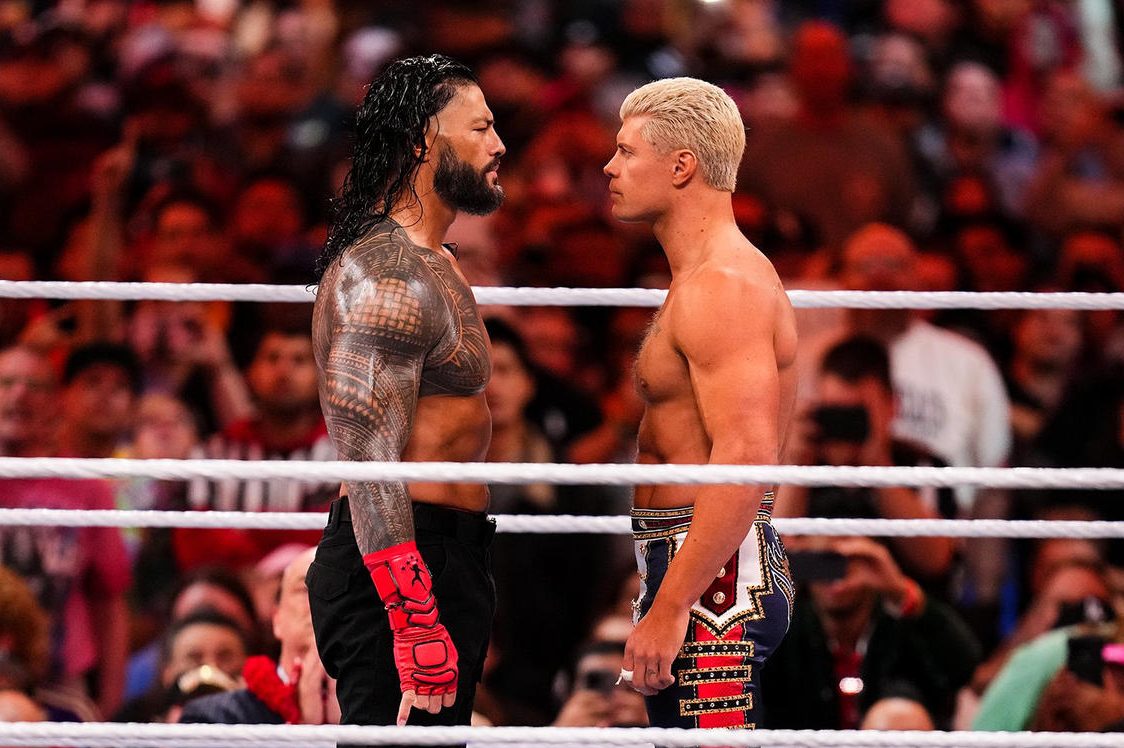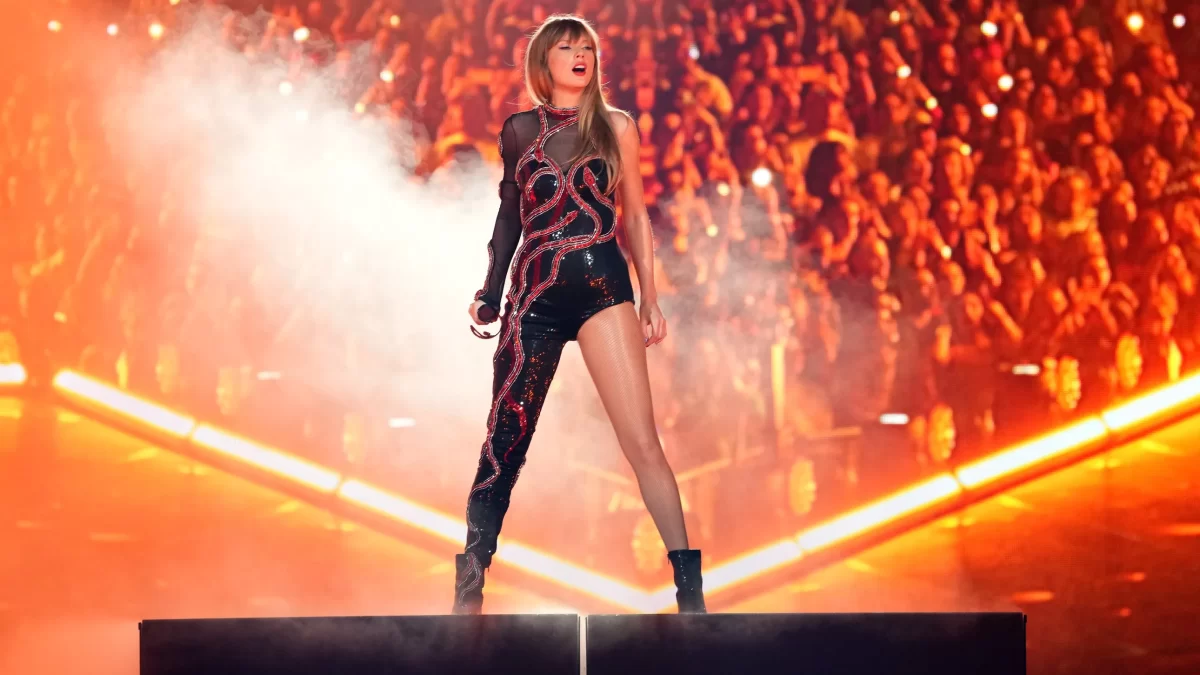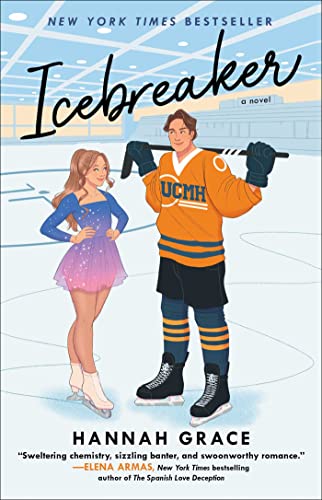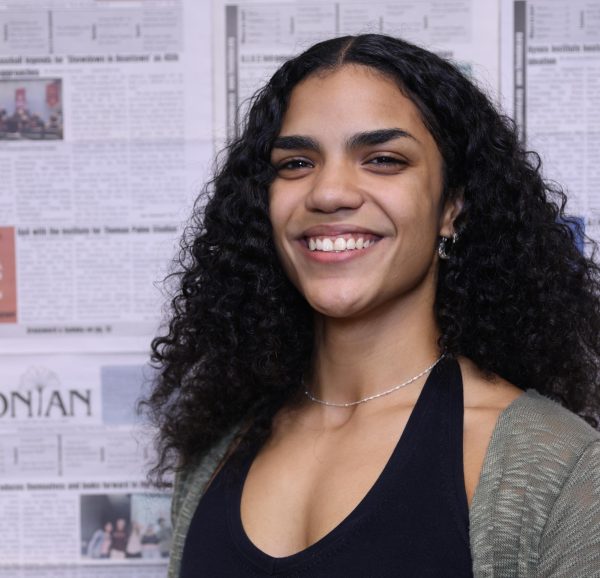It is the brief mishap of a father, the selfish inklings of a mother, and the self-loathing of a town that destroy the life of a child long before she is even born. There is no hate stronger than that of the characters in Toni Morrison’s 1970 novel “The Bluest Eye,” who are so deeply entrenched in their internalized racism and eternal anguish, bringing to life the novel’s themes of ugliness and beauty.
Internalized racism is a concept Morrison generally focuses on in a lot of her novels, making her writing sincerer to the Black experience. Her ability to write so beautifully about the most despicable of behaviors—therefore justifying horror to some extent—that makes Morrison one of the most notable American authors. “The Bluest Eye” was Morrison’s first novel, followed by “Sula,” “Song of Solomon,” “Beloved,” and more. Across all of her novels, Morrison explores, in depth, the Black identity and its existence in the realm of whiteness and American beauty standards. She does this by creating stories in which the characters are not exempt from any cruelties despite their world and lives being entirely fictional.
The theme of beauty and it’s contrasting element ugliness are focal points in this novel. Morrison makes clear of the inherited ugliness of the protagonist Pecola and her family, known as the Breedloves. Their ugliness is described more as a thought-complex rather than a physicality—because the Breedloves think they are ugly, they appear as ugly to others; thus, the rest of the town begins to agree. They are lackluster in their looks, but more so in their own minds for multiple reasons that are only explicable with the recollections of past times.
These same themes of beauty and ugliness are found in some of Morrison’s other novels, but they are presented differently. Take “Sula” for example—ugliness is a very prominent theme, but not in a physical sense. In “Sula” none of the characters are described as entirely ugly or entirely beautiful; instead, they are described as having an ugly, or otherwise cruel, soul. Ugliness and beauty in some of Morrison’s other novels refers to the characters’ morality, as opposed to their looks.
“The Bluest Eye” isn’t necessarily told in chronologic order, Morrison swings readers back and forth in the lives of characters relevant the central plot. There are three so-called-friends hoping to find the footing in the world. These three girls, Freida and Claudia who are sisters and their friend Pecola, are caught in the drowning tides of Black girlhood, and while Freida and Claudia manage to swim, Pecola—carrying the weight of generational trauma, in combination with society’s senseless, beauty standards—drowns.
They start out somewhat like friends, when Pecola temporarily lives in Claudia and Frieda’s home because her father burned down their house. After Pecola is reunited with her family, the Claudia and Frieda become distant observers of Pecola’s life. From there on, Pecola’s life starts to spiral out of sanity and into tragedy. Pecola is ridiculed and abused by what seems like nearly everybody in Lorain, Ohio: her classmates, her teachers, her supposed friends, her family, and random townsfolk. In the end, Pecola is left tormented by an internalized racism that called for her defeat.
Morrison moves away from the central plot to provide context on Pecola’s father, Cholly Breedlove. He, too, was a victim of assault, when at a young age he was forced by two white men to engage in sexual activities with another young Black girl. Instead of hurling his hate towards the white men, Cholly insists on hating the young girl, and does so for the entirety of his life, which towards the end of is engulfed in alcoholism. This hate exists within every relationship her has with women in his life—he is disgusted by the woman who brought him up, he abuses his wife, and eventually rapes and impregnates his daughter. As despicable as he is, Cholly is also a victim of this learned, internalized racism that produced a concoction of anguish and madness, inducing a cruelty he poured onto others.
Cholly’s wife and Pecola’s mother Pauline, whose appearance begins deteriorating with time, only feels worthy in the presence and with the validation of white people. She, too, is described as inherently ugly. She tends to a white family, and seems to love the children of that family more than her own because they occupy her with work and remove her from the disasters of her life and self-hatred. Pecola, who reminds Pauline of her reality, eerily angers Pauline; Pauline channels that angers, transforming her self-hatred into a hate for her daughter.
But out of everyone, Pecola seems to be the one who receives all the blows; all the anger and hatred; all the horrible affairs and disastrous insecurities of a community that is hurting. The Black community still hurts today, and therefore, young Black children, more specifically girls, are shunned and mistreated, falling victim to internalized hatred so strong it takes delusion to continue existing.
Pecola’s character encapsulates the experience of many Black girls, who unwillingly serve as punching bags and battle fields for American society. Everyone is able to recognize what Morrison calls Pecola’s utter and complete ugliness because it allows them to feel better about themselves—it feeds into this ideology of them being powerful at the expense of others. As a town, the people of Lorain, Ohio decide the Pecola is hideous, because they want to feel pretty and different, and far away from the false wretchedness that is associated with the Black experience; they want to feel as though they fall into the beauty standards that mock them.
These beauty standards are pushed onto Black children so much that by the end of the novel Pecola feels are though having bright blue eyes will solve her issues. In a long passage of what is presumably Pecola having a conversation with herself, Pecola is convinced of having blue eyes that scare people away or make them jealous. But, even in that passage, Pecola is still a victim of assault, of which she has been accused of inducing, and cared for by no one, but the only other girls who can understand: other young black children.


